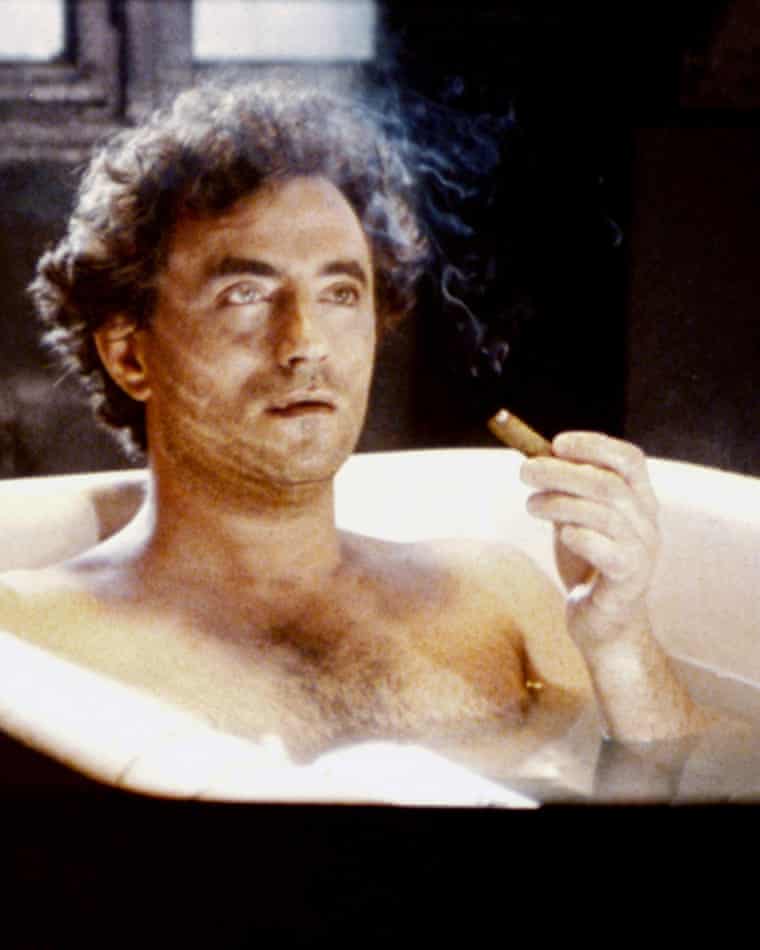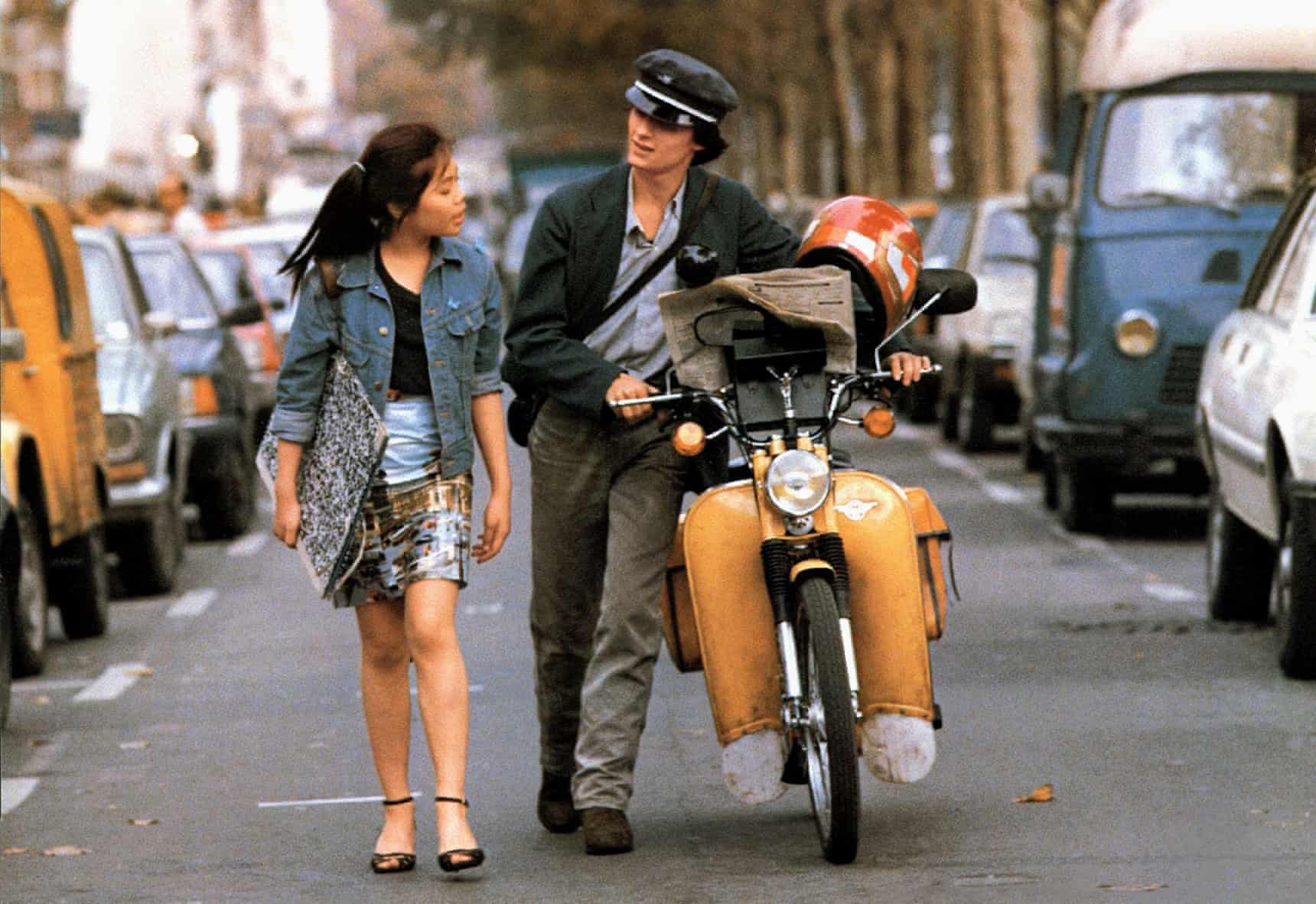
Film
My favourite film aged 12: Diva
The stylish French thriller was less of an art film than it looked, but I was hooked by its mix of operatic Parisian settings, elegant menace and moped daredevilry
by Lindesay IrvineFor this 12-year-old, Paris was a dream city where a dream me might idle days away at pavement cafes, talking about art that was very probably profound, finding out about girls and smoking hundreds of cigarettes. So seeing Diva when it arrived at our local rep cinema was perfect screen reverie.
Its hero is the moon-faced young postman Jules (Frédéric Andréi), scooting around the arrondissements on a Mobylette while nursing a romantic obsession with the opera singer Cynthia Hawkins (Wilhelmenia Wiggins Fernandez), who is world famous for forbidding any recordings. (He doesn’t deliver much post, and how she pulled her stardom off without putting out any records remains mysterious.)

The scene is set as Hawkins performs an aria from La Wally by Alfredo Catalani to a packed house, alone on a huge stage at the Théâtre des Bouffes du Nord. (Fernandez is a singer in real life, and even if you’re 12 and don’t like opera it really is ravishing.) Jules sits anxiously in his seat, making a bootleg on a fancy tape recorder. And thereby begins an ambitiously pointless plot, adapted by Beineix from Daniel “Delacorta” Odier’s eponymous thriller.
For Jules is being watched by two characters worryingly unashamed to wear mirror shades to the Bouffes. (How else to keep your profile low at the opera?) Having stolen Hawkins’s soul, Jules joins the backstage crush of bouquets, and steals her flowing blue performance gown, usefully abandoned in the dressing room. Back home, in a vast loft over an unexplained “graveyard” of mangled classic cars, he wraps himself in the enchanted dress and hits play, even moonier-faced.
Back on the Mobylette next morning, idling outside one of the gares, Jules crosses paths with a desperate young woman who has arrived in Paris with a cassette incriminating the ringleader of a prostitution ring. It’s early in the film so naturally a pair of henchmen are in wait. One of them, a malevolent goblin known as the Curé – an unforgettable Dominique Pinon – dispatches her with an icepick. But not before she’s slipped the cassette into Jules’s pannier.

He is now in the worst kind of demand, so he borrows a fancier Mobylette from a friend and takes shelter with gamine young shoplifter Alba (Thuy An Luu) and Gorodish (Richard Bohringer), the much older Gainsbourgian bohemian she lives with. The latter looks uncomfortably pimpy when viewed with adult eyes, but seemed very cool then, talking nonsense about Zen baguettes in his still vaster loft. He even throws in some existential blather in Latin. Deep.
Gorodish has another, even bigger and moodier bolthole that provides a second escape hatch for Jules. Self-reference was still fashionable in 1982, and in the latter retreat Jules asks Alba where they are. In a castle, she says, “where the witch makes poisoned red apples to advertise the toothpaste movie stars use”. I know, I know, but there’s other stuff to like; and where the film looks tired now, it’s often because marketing folk have picked it over for shopping purposes. The soundtrack, for instance, will feel very familiar even if you haven’t seen the film.
Pauline Kael reviewed the film enthusiastically for the New Yorker, declaring it “a glittering toy of a movie”, and indeed the whole film is more or less a MacGuffin. It never seems particularly concerned with the criminal world Jules has strayed into, except as a premise for a series of grand set-piece shootouts; or with the parallel soul-stealing it sets up. But however empty it is, all this scene-setting remains enough to keep a boy beguiled. And it also has an absolutely glorious Mobylette chase through the Métro, complete with juddering, nouvelle-vague-ish camera work.
As I didn’t realise then, it’s a shamelessly superficial picture. But it did superficiality so well that it helped set off something like a movement in French cinema – le cinéma du look as it was christened. (This includes the early work of Leos Carax and Luc Besson as well Beineix’s own Betty Blue, whose glam treatment of madness has not aged well).
I didn’t think it was a toy then – but watching it now, its fancy French games are still a lot of fun.